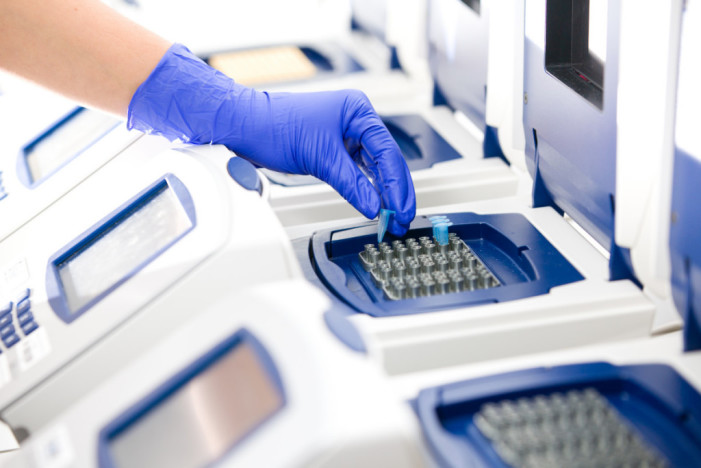
On-Site Testing
Easy to use on-site testing technologies have been around for some time; of the automated technologies ATP (luciferase) methods are now reasonably common and have proven their worth over decades. ATP relies on the detection of the organism’s metabolism, and therefore results are said to reflect the microbiolgical bourdon of the area tested.
Results are also produced very quickly, however the reagents used in ATP analysis can be sensitive to degradation in the presence of some cleaning agents, especially hypochlorite based cleaners (false negatives), in addition they are not selective and pick up any living organism, so can be responsible for false positive results.
Of the manual methods chromogenic liquid media is growing in popularity. This colour changing liquid media is economical, easy to use and selective for beer spoilers. Beer/wort is mixed with the liquid media, sealed and incubated, if bacteria are present the media changes colour.
This method has the advantage that the initial outlay is negligible compared to other methods, its easier than performing plate analysis, the user requires little or no training and its as quick if not quicker than culture, results are often available in 2-3 days, although it can take up to 5. It does not however tell the brewer exactly what spoilage organism is.
Laboratory Testing
In general culture methods still predominate the spoilage testing market, however culture techniques are relatively slow and suffer from a lack of specificity and sensitivity.
As such the array of new rapid technologies available to the brewing industry has exploded, new technologies include, Direct epifluorescence filter techniques, Direct antibody techniques, In-situ hybridization techniques, MALDI-TOF mass spectrometry and the Polymerase Chain Reaction (PCR).
Most of these sit in the realms of academia or industrial brewing operations, simply because of the expense and expertise required, however a few, especially PCR are now available to the craft brewer.
What is PCR?
Polymerase chain reaction (PCR) is a technique that is used to amplify trace amounts of DNA. The key to PCR is that every human, animal, plant, or in our case bacteria contains unique genetic material (DNA) that is specific to that organism, and PCR not only picks these unique bits of DNA up it can also give you an approximation of how much of the DNA was in the sample in the first place, and therefore how many bacteria were present.
More importantly its quick, very specific, very sensitive and because of recent advances it now cost about the same as traditional culture techniques.
One of the main advantages of PCR is in the detection of Viable But Non-Culturable (VNC) bacteria. Culture does not identify bacteria in the VNC state, these bacteria are still alive and ticking over but they essentially downgrade their metabolism to survive in harsh conditions, as such they stop rapidly dividing, and do not grow on culture media. However as long as the bacteria are there they can spoil the product, but because there is bacterial DNA present PCR will pick it up.
So what’s the down side of PCR, well the technique is still quite complex, and the equipment still quite expensive, a basic model costs around £10-15K. Cheaper equipment is available but it’s usually a closed system where you have to buy specific reagents from the manufacturer, who makes a margin selling these. So although there are on-site options available, the use of a contract lab makes getting access to this technology easier and more economical (at present).
